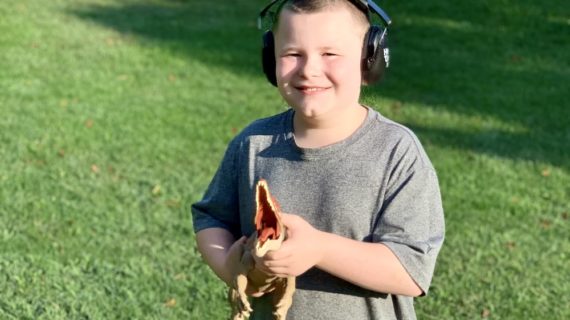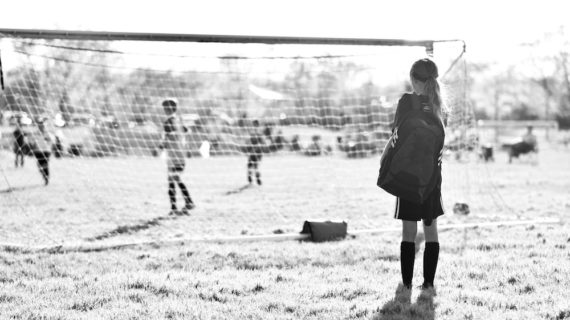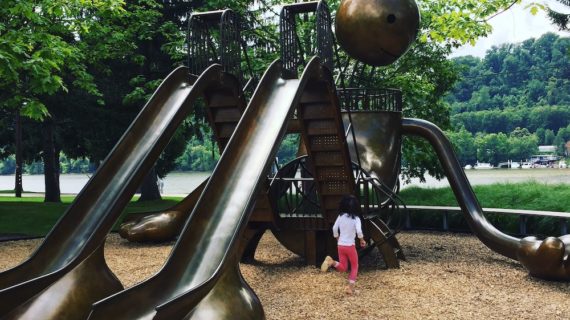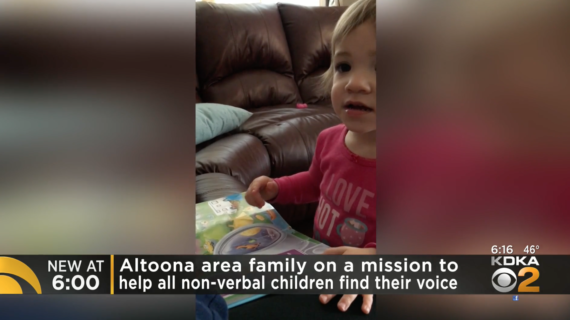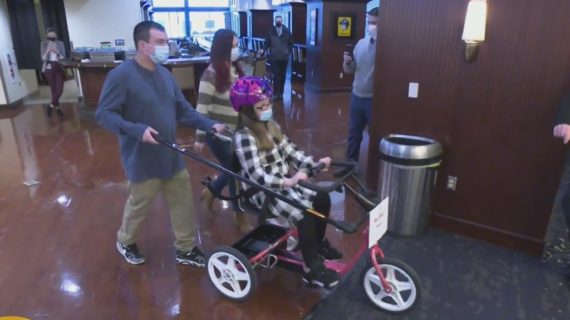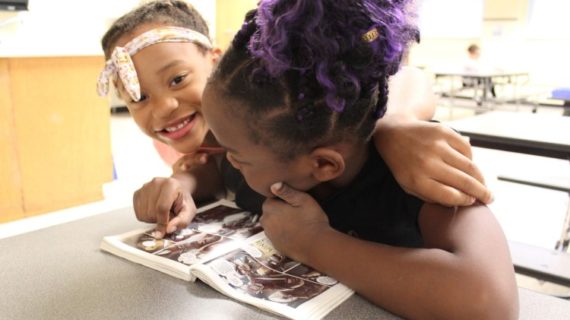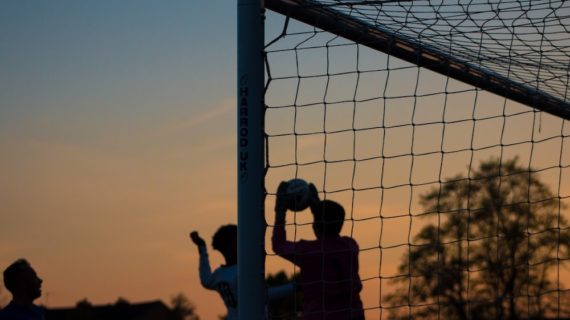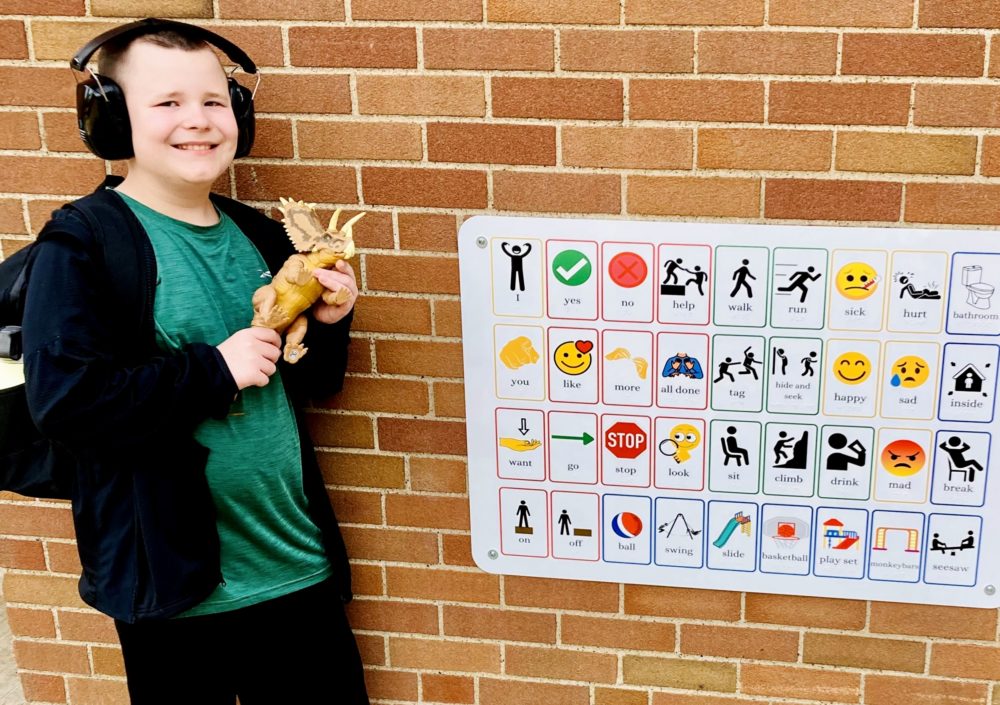
How a simple change made one school playground a better place for all kids
We absolutely love the school that our son attends. He’s happy, he’s safe and he’s learning and growing as an individual. But as my son grows up, a couple of things are always on my heart and mind: inclusion and accessibility within our schools and on the playgrounds.
My son’s school playgrounds, like many others, are not equipped for children with disabilities. They’re lacking accessible equipment that allows children of all abilities to safely play during recess.
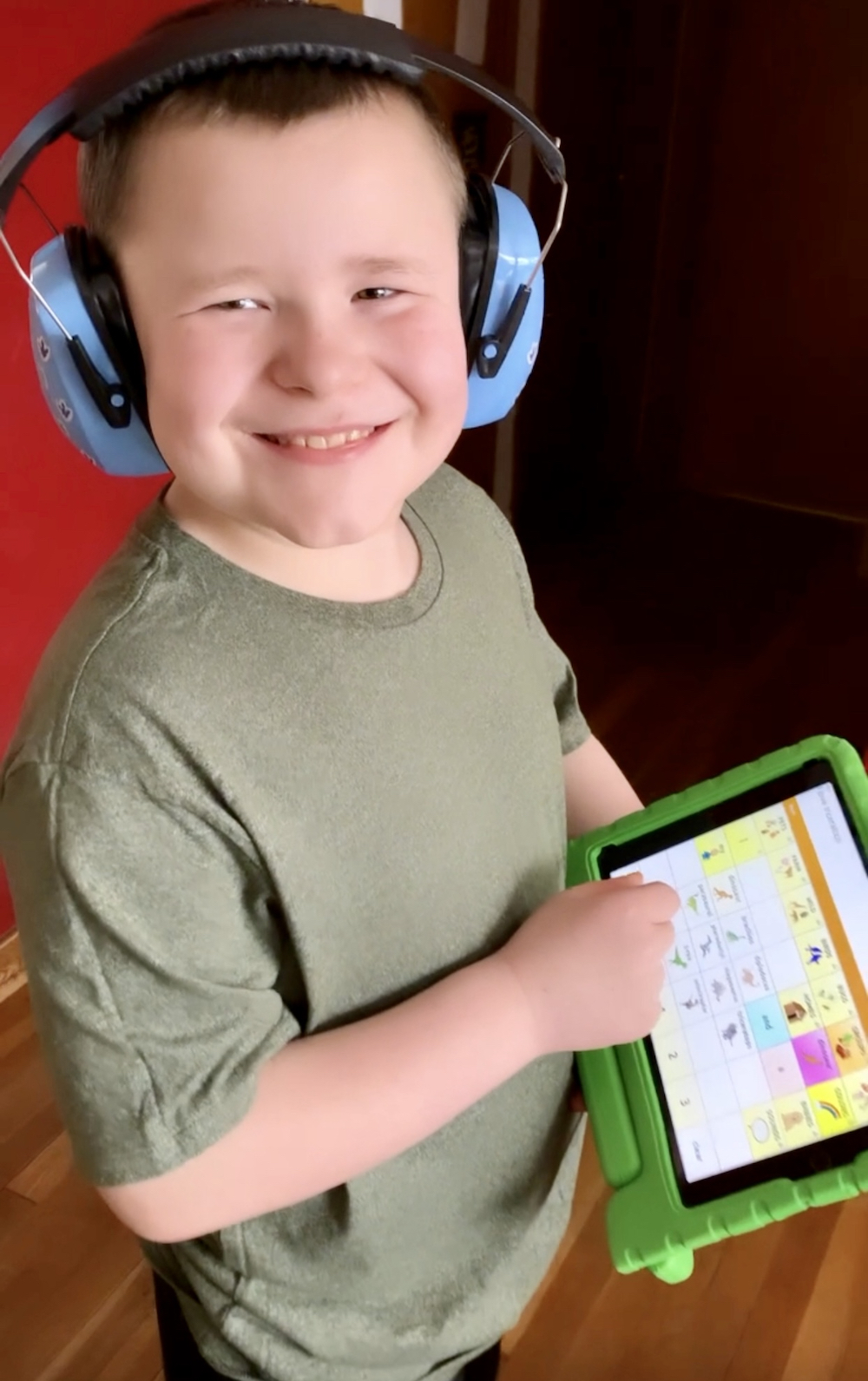
Without access to adaptive playground equipment, many children aren’t able to play. It’s imperative that our children have equal access to expand their minds and express themselves through play.
Our son is physically able to use his school’s play equipment. But he has apraxia of speech and uses an AAC (Augmentative & Alternative Communication) device to help him communicate. It’s an iPad with an app on it that includes buttons with pictures on them. He presses the buttons to form sentences to help him communicate his wants and needs.
As a child who struggles with verbal speech and producing words, playing with peers on the playground can be difficult for him. You can picture what it’s like: It’s too hard for him to carry around his device and run around with his classmates.
However, we knew he needed a way to communicate on the playground when he wasn’t able to verbally express himself. That’s when I came across a photo on social media that caught my attention.
It was a communication board that was installed on a community playground for children who are nonspeaking or have difficulties communicating.
A simple, powerful solution
I knew this would be something that would not only benefit our son, but for all children to interact with each other. So I shared my thoughts and ideas about a communication board with the principles of grades K-6 and they loved it!
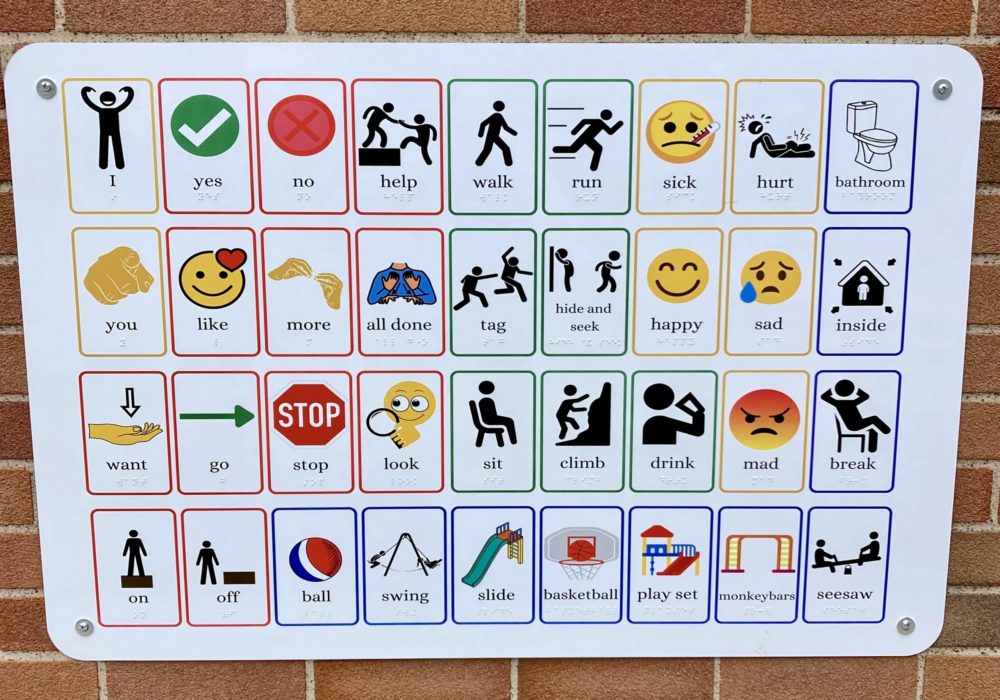
After multiple meetings with them and the speech-language pathologist, we came up with a design that was user-friendly for all students. I also asked for Braille to be added for children who are visually impaired.
I’m proud to say that both of the playgrounds recently installed communication boards with Braille!
Our son was extremely excited to see the board and recognized many of the pictures that are similar to the ones on his speech device. He is one of several students that use a communication device and we hope they’re just as excited as he is!
This is definitely a step in the right direction to provide a more inclusive and accessible playground. I’d really love to see adaptive equipment with wheelchair accessibility throughout the play area as well. Maybe that’ll be our next project?
That’s how my mom brain works, and maybe yours does, too! What else can we do to make our world a little bit better for individuals with disabilities? Not just for the present, but for all the generations to come after us.
If we see barriers in our schools or in our communities, we need to speak up. We need to take that step in educating those around us and advocating for what is needed.
As a parent of an autistic child, my eyes have been opened to a whole new world: A world that is not truly accessible for individuals with disabilities. Our communities and schools were created for able-bodied people and I think it’s time we start having conversations about that.
Because when we know better, we can do better. Change starts with us, and there’s no better time than now!
